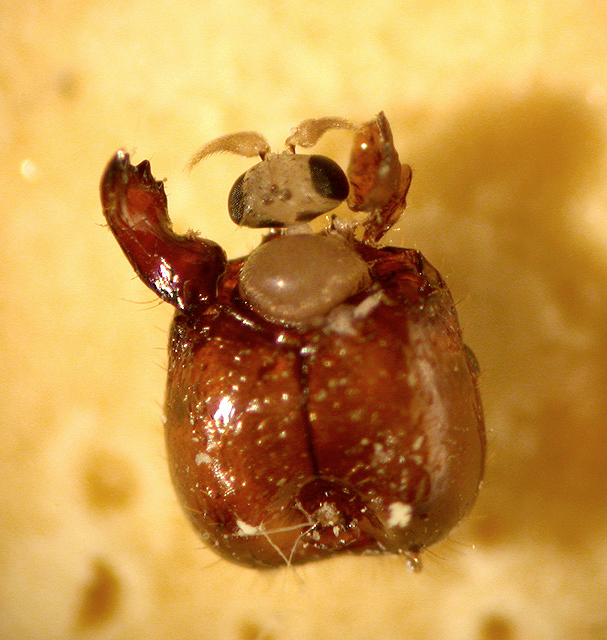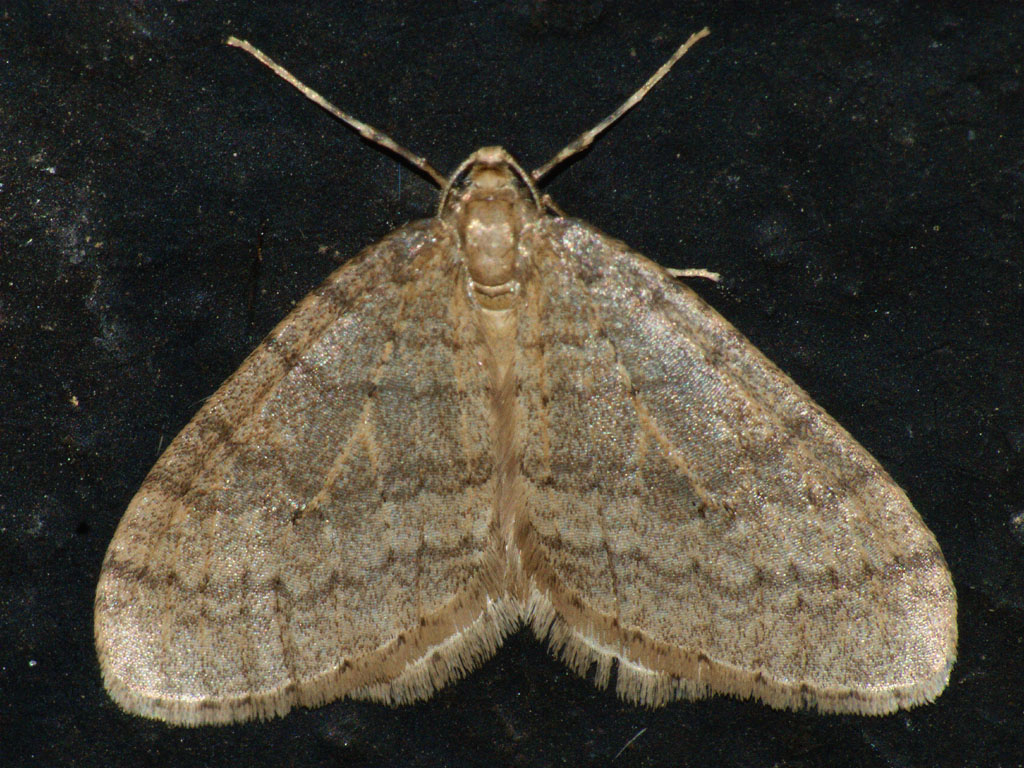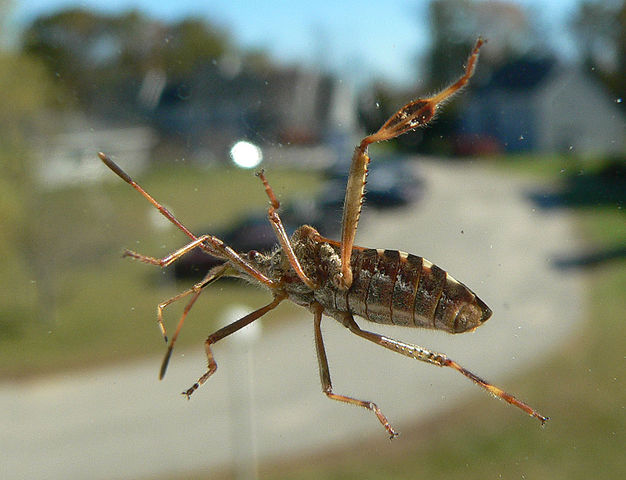Just in time for Halloween, I’d like to share a chilling tale of strange nature. While there are a multitude of relationships in the natural world that can be described as unusual or even weird, few hold a candle to the life and times of the ant-decapitating fly.
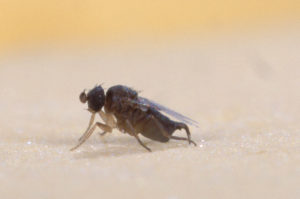
The ants of the world are one of the most successful groups of insects. As a result of this success there are many creatures who exist to take advantage of their hardiness and large populations. The ant-decapitating fly is one such creature. These humped-back flies are obligate parasitoids of fire ants and must commandeer the bodies of worker ants to grow their next generation. To do this, females of the genus Pseudacteon lurk about fire ant colonies and wait for their opportunity. Once a fly senses her lucky chance, she swoops down and quickly stabs a worker ant in the thorax (or midsection) with her hardened ovipositor (a specialized structure for depositing eggs) (1). While the initial encounter is over in less than a second, the ant’s misery has only just begun.
A few days after egg-laying, a small maggot hatches inside the ant’s thorax. The maggot then worms its slow way through the body of the ant. Once making it to the head of the ant, the maggot sets up residence and begins dining on the freshest juices of the ant’s internal tissues. However, the brain is left intact, at least for now. All the while, the ant goes about its regular routine, with no one else in the ant colony being the wiser. It is only after the larva has matured for another two weeks that the brain becomes fair game for the munching maggot. Even without its brain, researchers found that the ant will continue to act as a functioning member of the colony. Somehow, the larva controls the behavior of the ant in a way that won’t raise the suspicions of other workers (2).

At this point, several weeks after the initial egg laying, the larva is ready for its next stage in development. The maggot is able to further control the actions of the ant, propelling it away from the nest and into surrounding leaf litter. Once it finds the perfect spot, the developing larva releases a chemical cocktail that causes the connective tissue between all the ant’s limbs to deteriorate and its head to detach from its body (3). At this point, the larvae begins to pupate and will emerge the following week as a fully formed adult fly ready to start the process all over again.
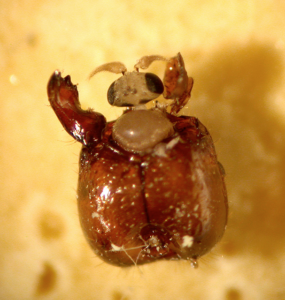
As a positive spin on the macabre ritual of the ant-decapitating fly, scientists have found a way to make this process work for human benefit. Since South American fire ants were introduced to Alabama in the 1970’s, they have expanded their range all over the American Southeast (4). Every year these invaders cause billions of dollars in damage to agricultural communities, in addition to causing discomfort and dangerous allergic reactions with their venomous stings. By introducing ant-decapitating flies that only parasitize invasive fire ants, scientists at the US Department of Agriculture hope to control the ant’s expansion (5). So, while the ant-decapitating fly might seem like the star of an insect horror movie, as a Georgian who has endured enough fire ant stings for a lifetime, I am happy to hear the fly is here to stay.
References:

